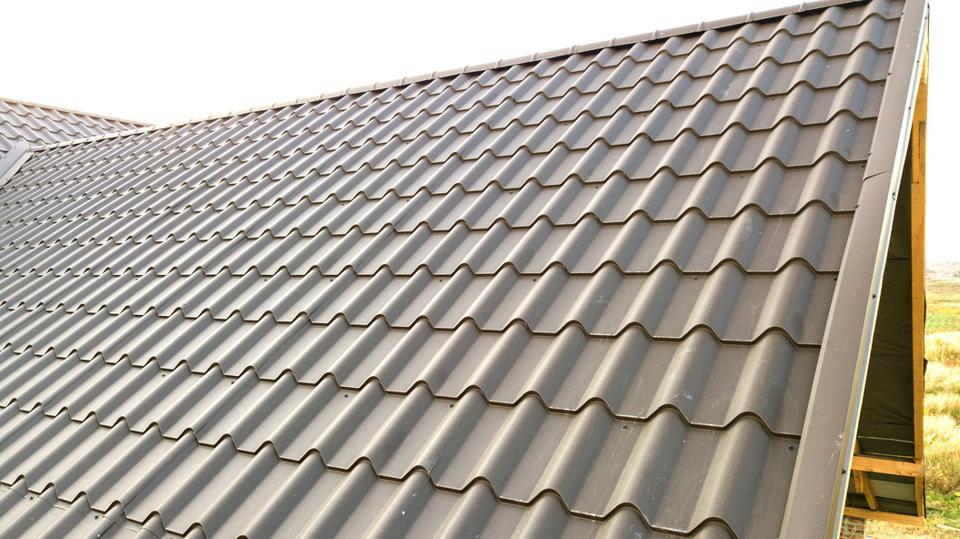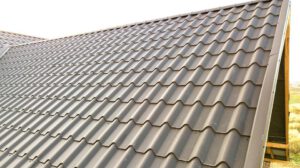Types of Roofs

Roofing materials are used to cover the top surface of a building. Roofs are the part of the building’s envelope that protects it from weather elements. There are many different types of roof materials. To choose the best roof for your building, you must consider many different factors. Learn more about roof materials, slope, and insulation to help you make the best decision.

There are several types of roofs, and each has its own pros and cons. Roof shapes can be unique and vary from region to region, depending on climate, materials used, and customs. There are no rigid rules for roof shapes, so the terminology used to describe them will differ from architect to architect. Most roofs have a gable shape, which is a triangular area on the end wall. The gable also has a ridge or peak on end. In addition to the gable, there are many other shapes to consider.
Most homeowners don’t give roof shapes much thought, but roof shapes can determine the durability of your home. Certain shapes are better suited for certain climates, so make sure to research your area’s climate before making a choice. A gable roof, for instance, is a great choice for a rainy climate because the steep angle helps keep water from getting into the house.
There are several different materials that can be used for roofs. Metal roofing sheets can be used to cover houses and industrial buildings. They are often made with a steel profile and are available in a variety of sizes and shapes. Their useful width is approximately 1200 mm, and they can be used in a single layer or in multiple layers. The thickness ranges from 0.45 to 1.2 mm.
PVC and TPO roofing materials use polymer membranes that are highly reflective and have heated welded seams to avoid buckling. These materials are easy to maintain and repair and are Energy Star-approved. Another popular option is SBS or APP, which are made of polyester and granular surface bitumen. Both are durable and can last for over 50 years.
Slate has long been a popular material for roofs. Its high-quality appearance and resistance to weather conditions make it an excellent choice for homeowners who want to make their own repairs. However, natural materials can be expensive and have a tendency to chip and crack. Synthetic materials, on the other hand, are lightweight, durable, and often made with recycled content.
Rigid and soft materials are also available. Rigid metal roofing sheets are square and rectangular in shape and are usually held in place by special folds and seams. These materials are made of steel, aluminum, and polyester.
A roof’s pitch and slope are essential components of a home’s design. The slope of a roof affects the amount of water and debris that it can shed, which in turn, reduces the risk of leaks. However, if the slope is not correct, it can invalidate a manufacturer’s warranty and prevent the homeowner from obtaining the proper permit. Most homeowners are unaware of the importance of knowing the proper pitch and slope of a roof before they begin construction.
The slope of a roof is expressed as the ratio of its vertical rise to its horizontal run. For instance, a 3-in-12 roof will rise three inches for every twelve-inch run. A three-in-12 roof will be steeper than a roof with a slope of 14 percent or less.
Modern roofs can accommodate a wide range of slopes. They are also constructed using various materials, which can add a variety of aesthetic and functional features. Whether a home is built on a steep slope or has a lower slope than a typical house, Roofing can accommodate it.
There are two types of slopes: low and high. Low-slope roofs have a small slope and are often the most cost-effective for a home. However, steeper sloped roofs are more aesthetic and last longer because water can drain off of them without collecting. However, these steeper slopes require more materials and labor than low-slope roofs.
Investing in a new roof is a good long-term investment for your home. It can improve the value of your home and lower home inspection costs. It also increases curb appeal. If you’re planning to sell your home, a newly renovated or new roof will be a great selling point. The most obvious short-term value of a new roof is the energy savings it will generate.
Roof replacements also help to reduce your energy bills and protect the environment. According to the Environmental Agency, commercial buildings account for 17 percent of all greenhouse gas emissions, which contribute to climate change. Even a small reduction in energy consumption can have a significant impact on your bottom line.
